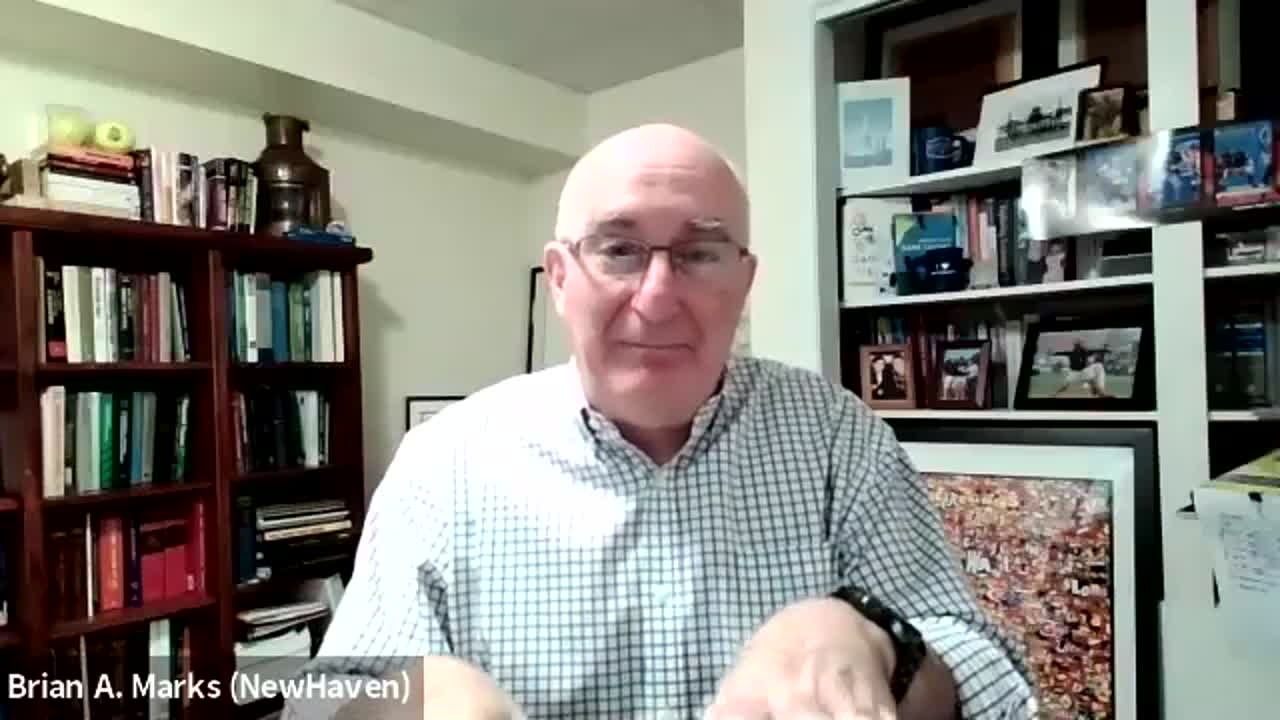COVID-19 & The Disruption in Retail [Video]
1 October 2020Dr. Brian A. Marks, of the Pompea College of Business at the University of New Haven, on the threats and opportunities facing retailers in the “coronaconomy.”

The COVID-19 health crisis’s profound effect on mergers and acquisitions (M&A) deals has triggered a surge in transactions for distressed sales and bankruptcies for the Retail sector. For H1 2020, at least eight private equity-backed retailers have filed for bankruptcy since government-ordered lockdowns began in March. Commercial Chapter 11 bankruptcies are up 26 percent YOY.
Underperforming retailers are struggling with liquidity and debt pressures, as detailed in a recent SS&C Intralinks market report, COVID-19 Complicates the Retail Sector. And it’s not all on the scale of Sears Roebuck — but of mom-and-pop Retail as well.
How did we get here?
After a gradual shift in consumer buying habits since the advent of online powerhouses (e.g. Amazon, Alibaba, Walmart.com and Rakuten) brick-and-mortar retail had been on the decline for about a decade.
For deeper insight into where Retail has been and where we’re headed, I spoke with Dr. Brian A. Marks, executive director of the University of New Haven’s Entrepreneurship & Innovation Program, and a senior lecturer for UNH’s Department of Economics and Business Analytics.
According to Dr. Marks, the disruption didn’t just start with the adoption of e-commerce or the pandemic:

Lessons from 2008
How does the 2008 financial crisis compare to today’s pandemic? Dr. Marks sees crucial differences in the underlying causes of each and why he believes our situation in 2020 is worse:

Both crises could have been managed better but were subject to what economists call a “moral hazard.” The extra opportunity bankruptcy laws provide to take risks because of the ability to relieve oneself of liabilities both debt service and lease liability.
Valuations for Retail in the Pandemic Era
Financial forecasts have been thrown awry. How we can properly valuate in the current climate?

Who will emerge intact?
Those retailers who thrive will be the ones who’ve already adapted to the new normal — through agility, brand extension and an expanded online presence. Here’s what Dr. Marks thinks retailers should consider doing in the process:

Marks also outlines a potential upside for mom-and-pop retailers when the pandemic fades: community loyalty.

Can we truly rebound?
For normalcy to return to the industry, several factors beyond the control of the sector have to fall into place, he forecasts:

But there’s some good news. We’re luckier now than in 2008, Marks says, because of a major difference in how we approach consumers, including, and importantly, technology.

Final thoughts
Retailers who are agile enough to restructure — and make a pivot to online — are well-poised to battle through the crisis. And for the near term, Dr. Marks concludes, at least in the near to mid-term, and possibly in the long-term, it’s an advantage to not be asset-specific; it’s an advantage to be able to quickly and swiftly reallocate resources:



